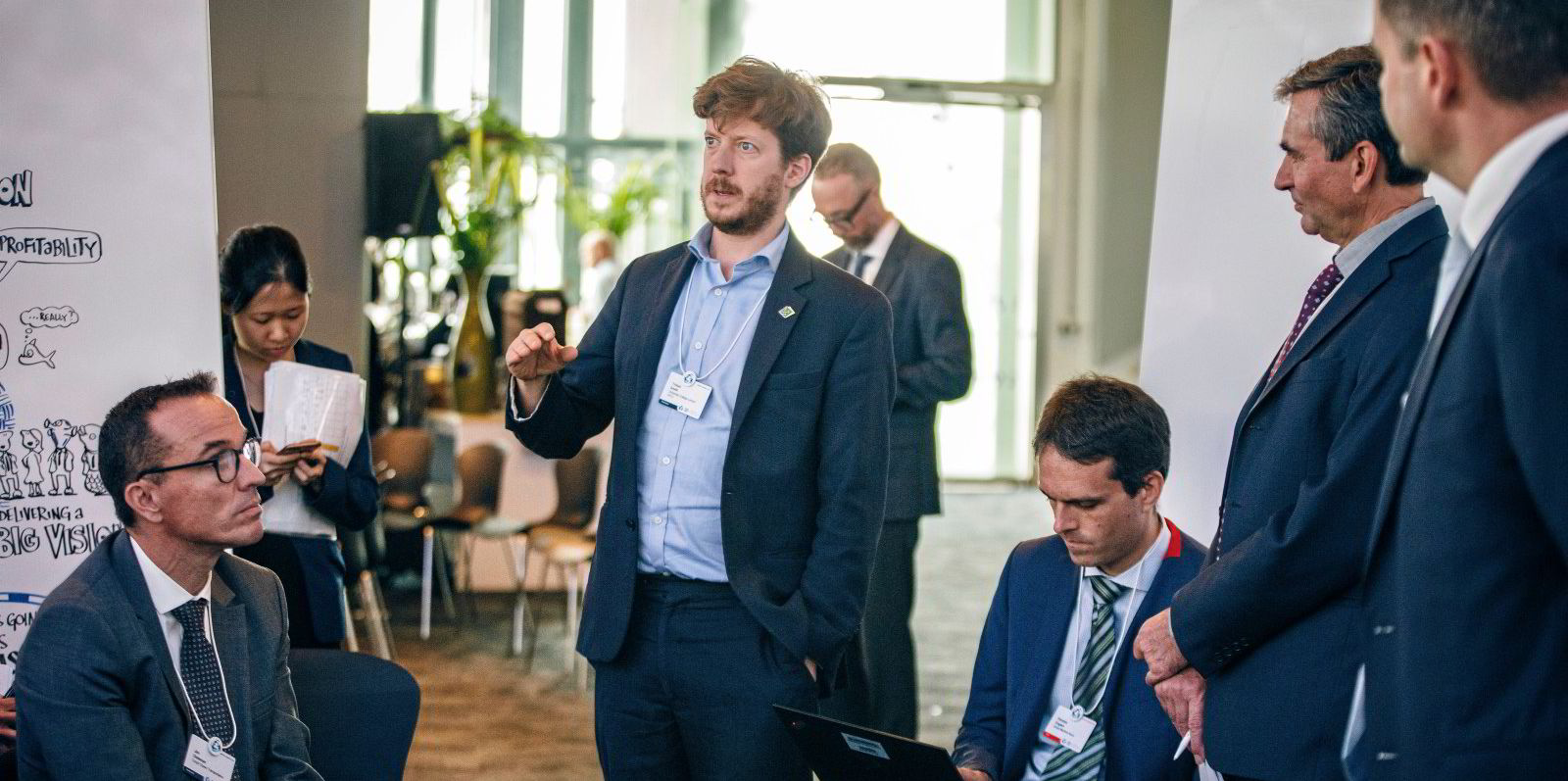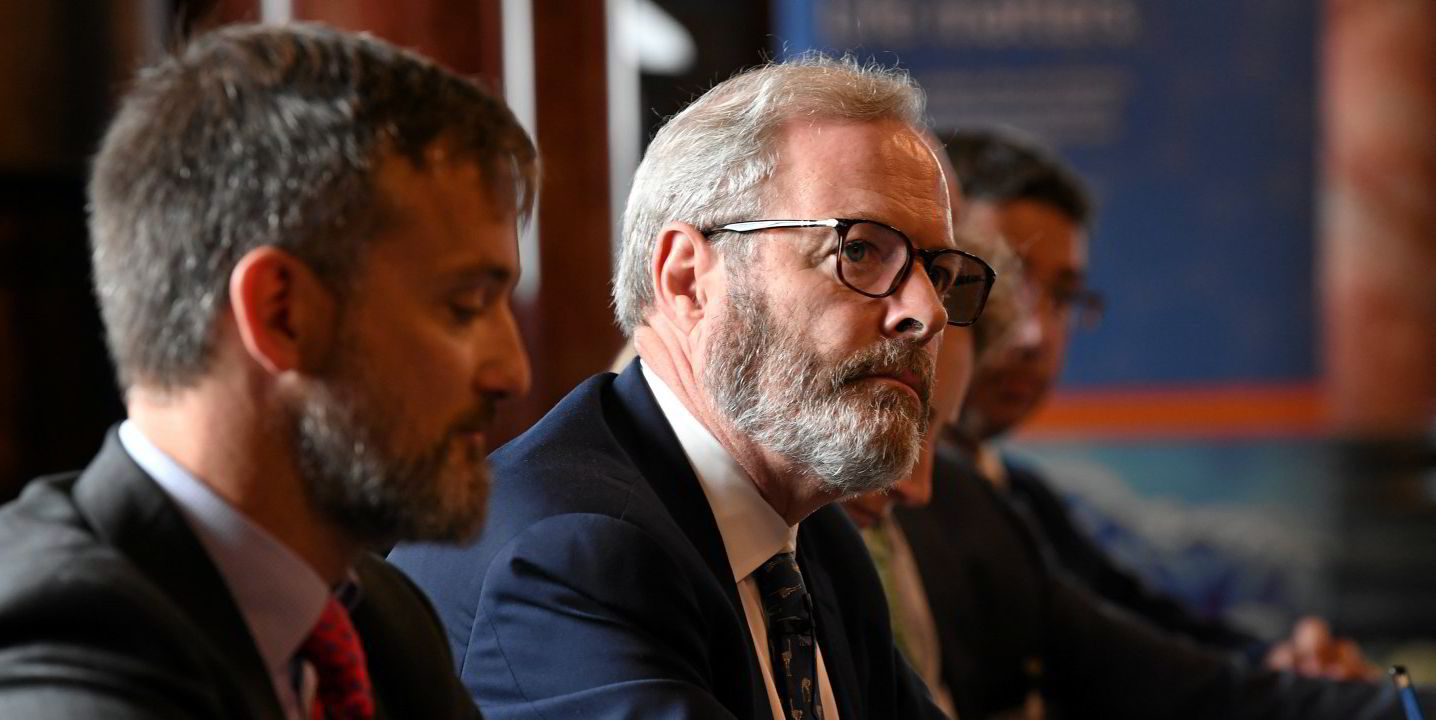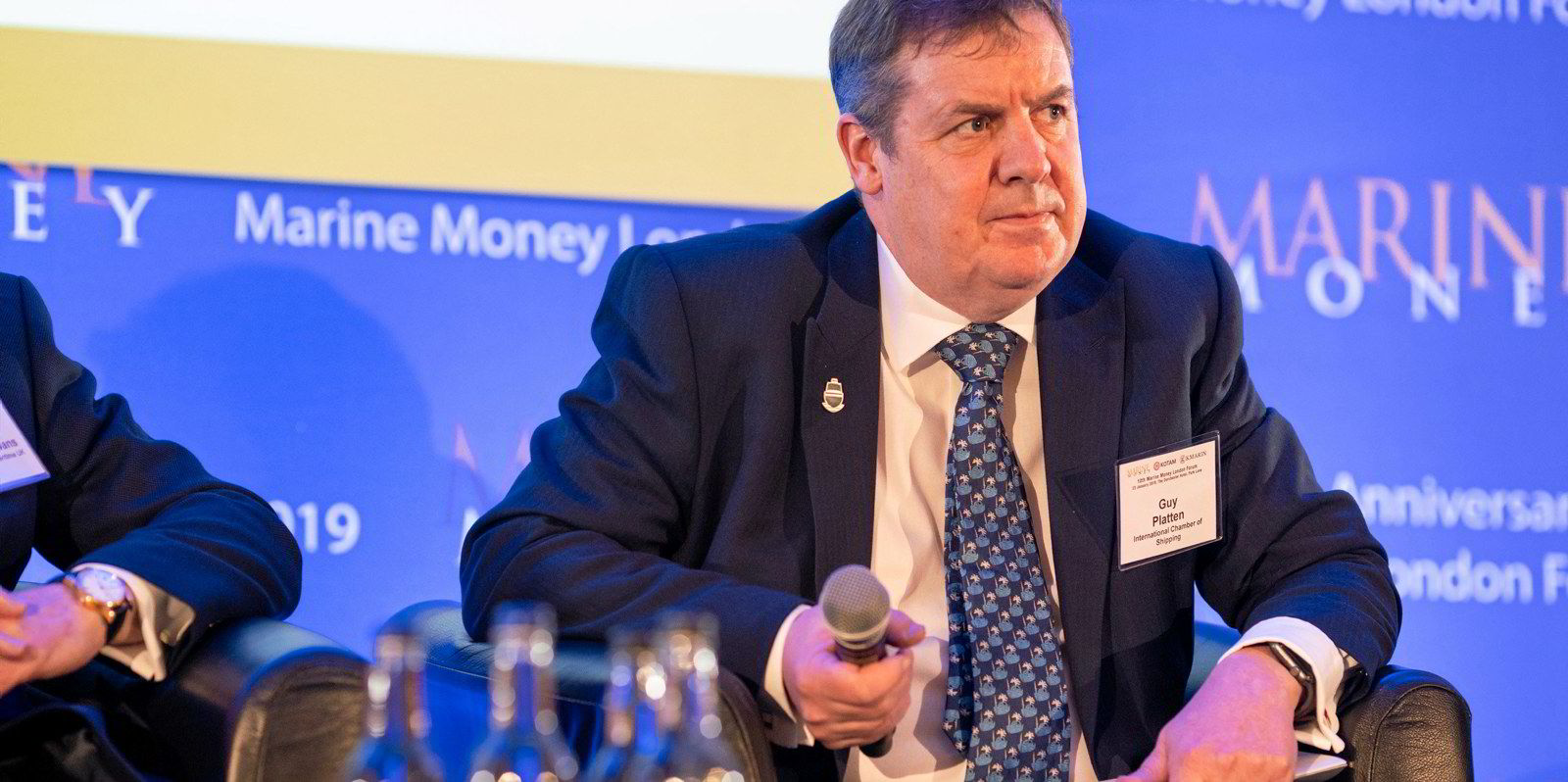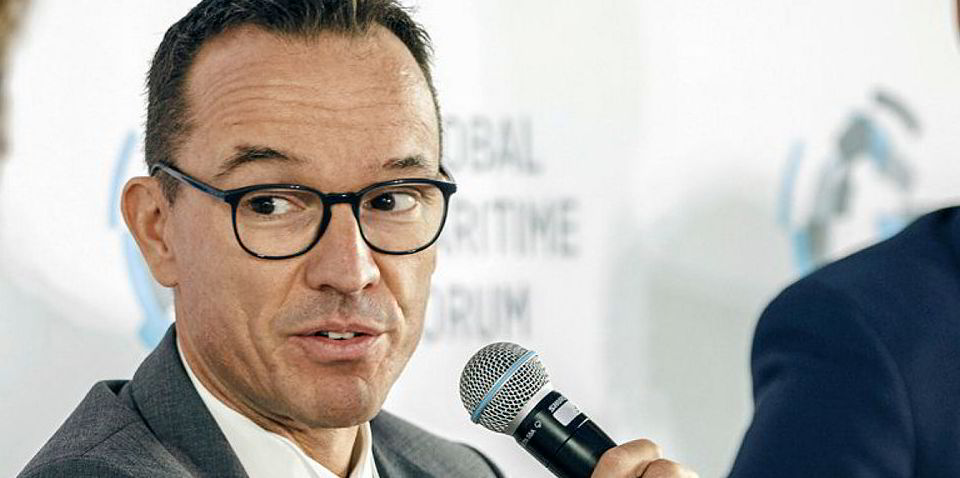Decarbonising most sectors, including shipping, is simple. Maximise energy efficiency first, and then substitute fossil fuel for some batteries or a non-fossil fuel. Maximising energy efficiency can bend carbon dioxide emission trends downwards and buy time for fossil fuel substitution.
It also makes substituting easier because the total quantity of non-fossil fuel we will need is lower and global trade will see less demand-side impact from costs as it switches to more expensive fuels.
Substituting fuel is normally assumed to be the tricky part, because it needs revisions to energy production, supply chain and a compatible fleet.
None of this happens automatically because of market barriers and failures – mostly the fact that, as yet pollution and environmental impacts to society are not included as a cost.
But it is also because of fragmentation within the sector, split incentives (such as the classic misalignment between one company owning the ship, another paying the fuel bill) information barriers, and access to capital issues. Hence the role regulation must play.
Similar but different
Two different reports were published recently with many similarities but different diagnoses on the way to address the fuel-substitution challenge.
The “Catalysing the fourth propulsion revolution” report from the International Chamber of Shipping (ICS) was released more or less at the same time as “The First Wave – a blueprint for commercial-scale zero-emission shipping pilots” by the Energy Transition Commission for the Getting to Zero Coalition.
Both reports capture the current landscape of the sector’s fuel and machinery future options, with attention drawn to a similar short-list of the usual suspects. But neither study was designed to resolve the critical question: which fuel?
Both reports have in common a description of a significant challenge that lies ahead. Even though we might be a decade away from mainstream fuel substitution occurring, there is a long run up needed.
The ICS report then jumps to a conclusion that this challenge can be materially addressed by the concept of an International Maritime Research Board and Fund focused on allocating research and development spending for technology onboard ships.
Different challenge
It is a conclusion that is not backed up by the Energy Transition Commission paper.
Using a series of analyses of where the different cost components are in a zero-emission shipping pilot, it identifies a very different critical challenge.
“The majority of Capex (75% to 90%) for an end-to-end pilot will be related to land-based fuel production,” the report said.
But it added that “capital outlay is, in fact, a relatively small contributor to the total cost of the pilot…high fuel cost subsequently cascades across the value chain and would represent more than 90% of total voyage cost for first mover pilots.”
In other words that capital costs on the ship are a small part of the overall capital expenditure challenge, and an even smaller part of the cost challenge at voyage level. And that is central to the challenge of the business case for the ship operator.
R&D underway
It is true that R&D is needed right now, which is why it is already happening.
Thanks to, I think, the signal sent by IMO’s Initial Strategy on carbon emissions reduction, several major engine manufacturers are in a race to see who can be first with a deep-sea viable machinery solution.
Shipyards have ‘approval in principle’ for designs integrating that machinery with appropriate storage, handling and hull form. Future market share is a compelling incentive for technology suppliers.
Further, R&D spend might help find a slight reduction in cost here, or gain in performance there, but it will not turn the dial in the business case for operation on zero-emission fuel.
So on its own, it would likely lead to a lot of expensive pilot designs that undertake maybe one or two voyages on zero-carbon fuel, and then return to using their back up fossil fuel until a viable solution is settled upon.
And during that period, we will not stimulate the build out of production capacity and develop the global supply chains for new fuels that are necessary before the mass market will build the ships compatible with those fuels.
Critical cost drivers
By not presuming regulation as the answer, the Energy Transition Commission analysis looked instead at five well-evidenced “critical cost and risk drivers”.
Some of these may be able to be addressed by progressive coalitions from across the value chain sharing risks and spreading the cost burden.
But it is clear that there can be a significant role for public policy, especially to find a way to bridge the zero-emission fuel cost premium for a period of time until those costs are brought below those of fossil fuels, or until IMO regulates, or the customers of shipping agree to a cost pass through.
For the sake of addressing shipping’s fuel substitution challenge, hopefully enough government representatives will read the Energy Transition Commission paper, which is supported by the Global Maritime Forum, and heed its conclusions.
Perhaps even regional regulators, with a mandate to move faster than the IMO, will read it.
If they do not, one can expect a publication from the ICS in a few years’ time on “Why the fourth propulsion revolution can’t happen yet”.
It will blame the outcome on the lack of available or affordable zero-emission fuels, and conveniently forget its prior misplaced emphasis on technology R&D.
Tristan Smith is a reader in energy and shipping at University College London.










